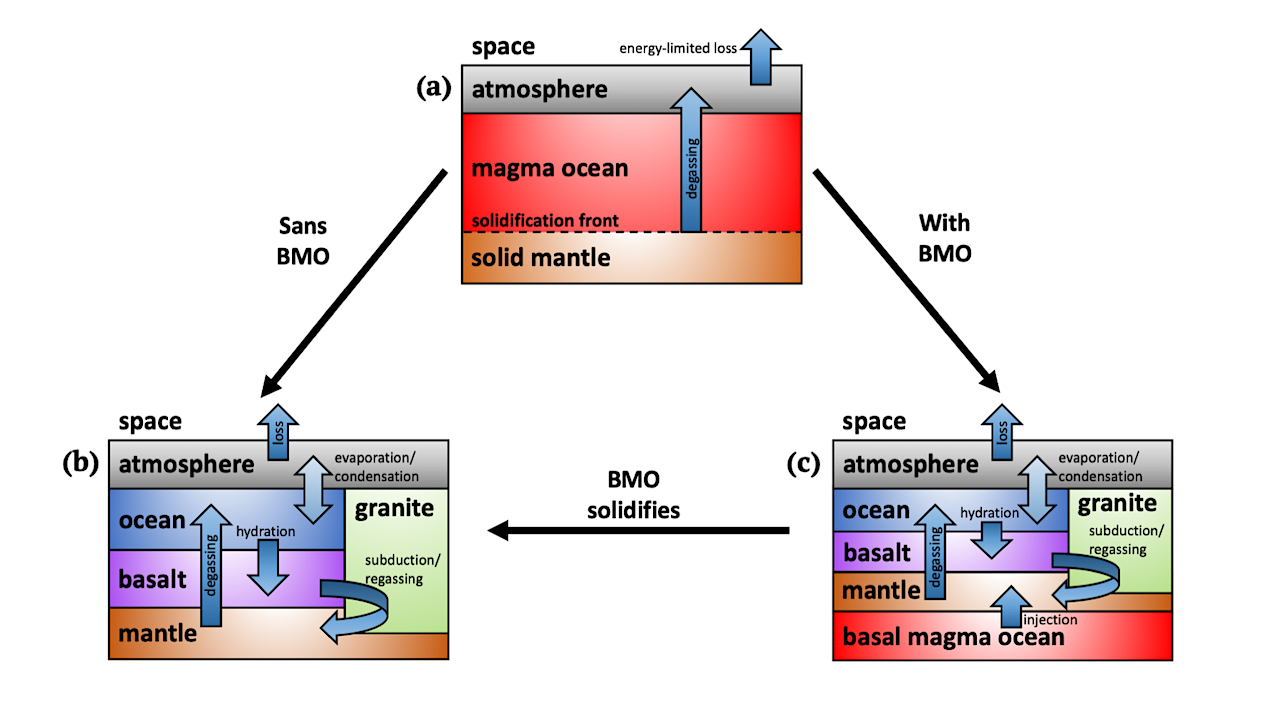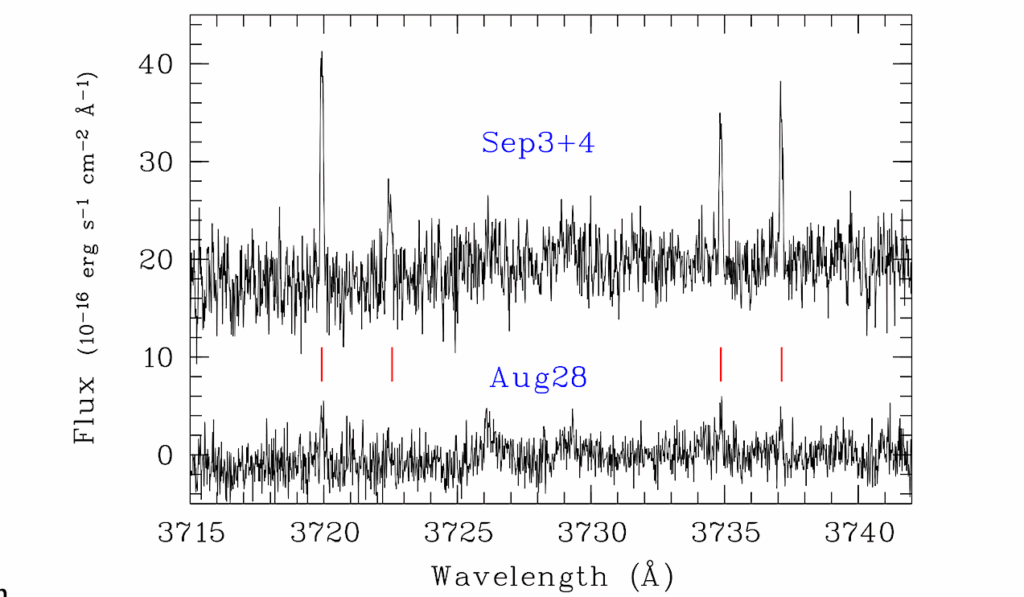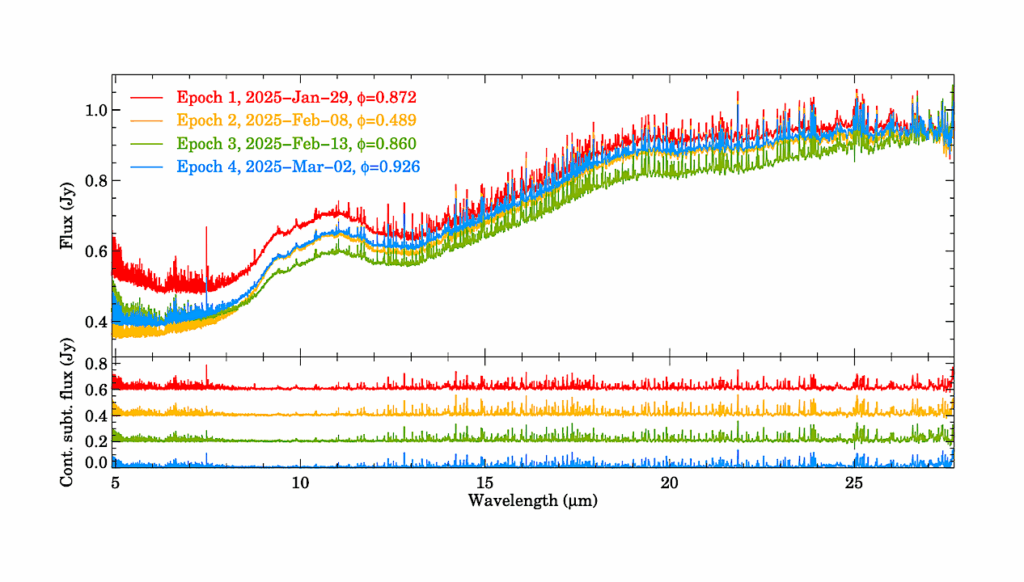The Role of Magma Oceans in Maintaining Surface Water on Rocky Planets Orbiting M-Dwarfs

Earth-like planets orbiting M-dwarf stars, M-Earths, are currently the best targets to search for signatures of life. Life as we know it requires water. The habitability of M-Earths is jeopardized by water loss to space: high flux from young M-dwarf stars can drive the loss of 3–20 Earth oceans from otherwise habitable planets.
We develop a 0-D box model for Earth-mass terrestrial exoplanets, orbiting within the habitable zone, which tracks water loss to space and exchange between reservoirs during an early surface magma ocean phase and the longer deep-water cycling phase. A key feature is the duration of the surface magma ocean, assumed concurrent with the runaway greenhouse. This timescale can discriminate between desiccated planets, planets with desiccated mantles but substantial surface water, and planets with significant water sequestered in the mantle.
A longer-lived surface magma ocean helps M-Earths retain water: dissolution of water in the magma provides a barrier against significant loss to space during the earliest, most active stage of the host M-dwarf, depending on the water saturation limit of the magma. Although a short-lived basal magma ocean can be beneficial to surface habitability, a long-lived basal magma ocean may sequester significant water in the mantle at the detriment of surface habitability.
We find that magma oceans and deep-water cycling can maintain or recover habitable surface conditions on Earth-like planets at the inner edge of the habitable zone around late M-dwarf stars — these planets would otherwise be desiccated if they form with less than ∼10 terrestrial oceans of water.
Keavin Moore, Nicolas B. Cowan, Charles-Édouard Boukaré
Comments: 14 pages, 5 figures, re-submitted to MNRAS
Subjects: Earth and Planetary Astrophysics (astro-ph.EP)
Cite as: arXiv:2308.00585 [astro-ph.EP]
(or arXiv:2308.00585v1 [astro-ph.EP] for this version)
Submission history
From: Keavin Moore
[v1] Tue, 1 Aug 2023 15:02:27 UTC (957 KB)
https://arxiv.org/abs/2308.00585
Astrobiology,








